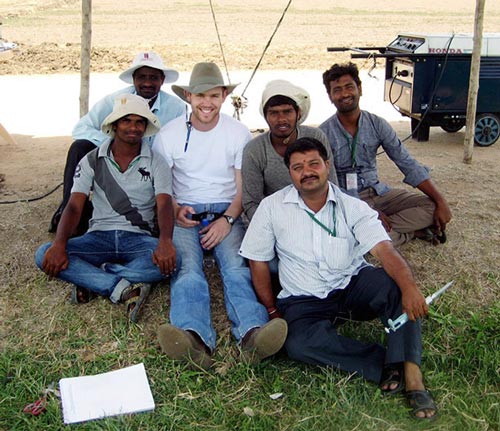Wheat area expansion faces a headwind requiring increased spending on R&D to raise yields
Derek Byerlee is a visiting scholar at Stanford University.
Any views expressed are his own.
Over the last 50 years or so, the big increases in agricultural production have come through improved yields largely as a result of the Green Revolution.
From 1961 to 2011, per capita cereal production increased by 40 percent, while the amount of cropland per capita fell by half. In most regions, the total area of cropland has either reached a peak or declined. However, in three tropical regions, land expansion has been and still is a significant source of agricultural growth: Southeast Asia, tropical South America and sub-Saharan Africa.
Since 1990, wheat is the only major crop to experience an overall decline in area.
Looking to the future, how much land can be expected to come into production for cropping?
Currently, about 1,500 million hectares (Mha) of land is used for crops.
I project that additional demand for land will be 6 to 12 Mha each year for a total of 120 to 240 Mha increase from 2010 to 2030.
These estimates are broadly in line with a synthesis by Erik Lambin & Patrick Meyfroidt who also include projections of the loss of land due to expansion of urban settlements and infrastructure as well as losses due to land degradation. Taking these losses into account, Tony Fischer provides an estimate of total additional gross cropland demand from 2010 to 2030 of 160 Mha to 340 Mha. Global models also suggest expansion of cropland to 2050 of about 300 Mha, given projected yield growth.
Is there enough land to satisfy demand? The Food and Agriculture Organization of the United Nations’s World Agriculture Towards 2030/2050 report estimates that some 1.4 billion hectares of currently uncultivated land that is not forested or in protected areas is suited to crop agriculture although they note that this is an optimistic estimate. A more conservative estimate of available land with at least moderate suitability for rainfed cultivation in low population-density areas – that is, non-forested, non-protected and with a population density of less than 25 people per square kilometer – is approximately 450 Mha.
At first glance, it would thus seem that projected demand for land (even under the scenarios of the higher demand estimates) over the next two decades can be accommodated by available uncultivated land.
However, most of this uncultivated land is concentrated in a few countries in Sub-Saharan Africa, Latin America, Eastern Europe and Central Asia and is often far from ports and roads.
A global analysis may also miss key constraints at the local level such as human diseases and unrecorded current land use that reduce effective land supply.
In addition, an expansion of land area of the order of 160 Mha (the lower-bound estimate of the estimated future land needs) could have significant biodiversity costs from conversion of natural ecosystems, even in the non-forested areas considered above.
Indeed, one of the sustainable development goals currently under discussion in international fora is to reduce deforestation to zero by 2030 – implying a closing of the land frontier. Finally with the exception of some areas in Russia, Ukraine and Kazakhstan, most of the available land is in the tropics and is unsuitable for wheat production.
Overall then, projections of future land availability for agriculture suggest a growing land scarcity, particularly for wheat, especially when taking into account that demand for food and feed will continue to rise with growing affluence in rapidly industrializing countries, as well as the use of land for biofuel feedstocks.
Growing scarcity together with high commodity prices have combined to stimulate global investor interest in farmland that underlies much of the recent discussion on intensification as a strategy to save land and concerns about a global ‘land grab’ by investors from land-scarce countries.
Wheat area is also being pushed out by other crops in many countries. Over the period 1993 to 2013, wheat area has fallen by 4.5 Mha, exceeded only by other winter cereals (barley, rye, and oats) that have collectively lost over 40 Mha.
During the same period, the area of oil crops (mostly soybeans, rapeseed and oil palm) has increased by an astonishing 100 Mha, maize by a hefty 53 Mha and rice by 20 Mha.
This year for example, North Dakota, a quintessential wheat-producing state in the United States, for the first time planted more soybeans than wheat.
In Argentina, soybeans rotated with maize have also displaced a significant wheat area, while in northern China, increasing maize area appears to be at the expense of spring wheat. Wheat area in the United States and China has fallen by 7 Mha and 6 Mha respectively since 1993. The major exceptions to these trends are India and Australia, where wheat area is up sharply.
All of this, of course, implies that increasing wheat yields will be especially critical to maintain its competitiveness and to save further land expansion into forests.
Norman Borlaug, the pioneer of the Green Revolution, long recognized that increased yields were not only essential to increasing global food security but also to saving forests.
This has now been enshrined in the environmental literature as the Borlaug Hypothesis. The real world is not so simple since there are situations where increasing yields may enhance crop profitability and encourage its expansion at the expense of forests. However, we found that just the CGIAR investment in germplasm is likely to have saved from 18-27 Mha of land from 1965-2000.
The bottom line is that increased spending on research and development (R&D) by national programs and CGIAR is a priority to achieving not only food security but confronting land scarcity.
None of the above considers the negative impacts of climate change, but a recent thoughtful analysis by David Lobell of Stanford University has shown that investing in R&D to adapt to climate change and maintain yields in the face of rising temperatures and increased drought is one of the most cost-effective ways to save forests and therefore mitigate climate change.
Surprisingly, wheat is the crop that faces the strongest headwind from both land scarcity and climate change. Wheat also appears to be grossly underfunded at the international level as measured by the budget provided to the WHEAT CRP – one of the lowest among the 15 CRPs. Tony Fischer, Honorary Research Fellow, at the Commonwealth Scientific and Industrial Research Organisation (CSIRO), in a companion piece has shown that there are many promising avenues to higher R&D spending, both to raise yield potential and close large yield gaps.
Interested in this subject? Find out more information here:
Alexandratos, N., & Bruinsma, J. (2012). World agriculture towards 2030/2050: the 2012 revision (No. 12-03, p. 4). Rome, FAO: ESA Working paper.
Borlaug, N. 2007. “Feeding a Hungry World.” Science 318(5849):359–359.
Deininger, K.W., and D. Byerlee. 2011. Rising Global Interest in Farmland: Can it Yield Sustainable and Equitable Benefits? Washington D.C.: World Bank Publications.
Fischer RA, Byerlee D, Edmeades GL. 2014. Crop Yields and Food Security: Will Yield Increase Continue to Feed the World? Canberra: Aust. Cent. Int. Agric. Res.
Lambin, E. F. 2012. Global land availability: Malthus versus Ricardo. Global Food Security. 1; 83-87.
Lobell, D.B., U.L.C. Baldos, and T.W. Hertel. 2013. “Climate Adaptation as Mitigation: the Case of Agricultural Investments.” Environmental Research Letters 8(1):015012.
Stevenson, J.R., N. Villoria, D. Byerlee, T. Kelley, and M. Maredia. 2013. “Green Revolution Research Saved an Estimated 18 to 27 Million Hectares from Being Brought into Agricultural Production.” Proceedings of the National Academy of Sciences. Available at: 10.1073/pnas.1208065110 [Accessed May 13, 2013].
Go back to: Wheat Matters
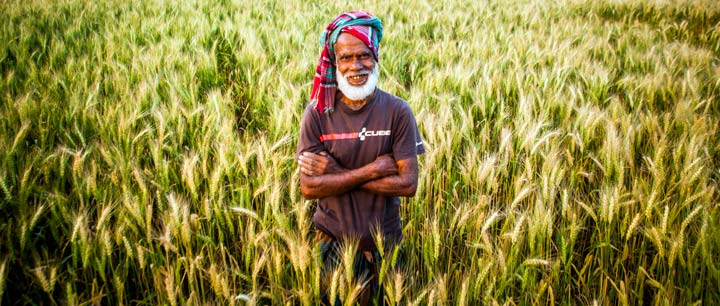
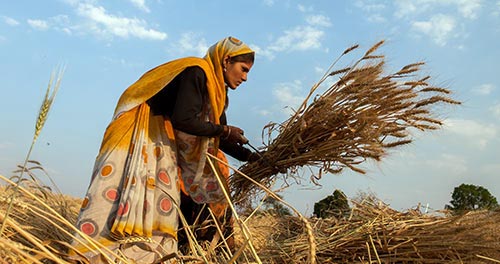
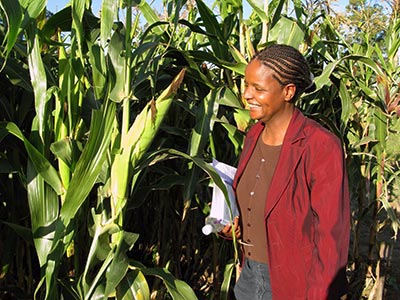
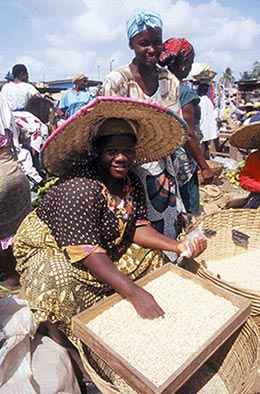
 Alex Renaud is a third-year graduate student pursuing a doctorate degree in plant breeding and genetics from Purdue University in West Lafayette, Indiana, USA.
Alex Renaud is a third-year graduate student pursuing a doctorate degree in plant breeding and genetics from Purdue University in West Lafayette, Indiana, USA.